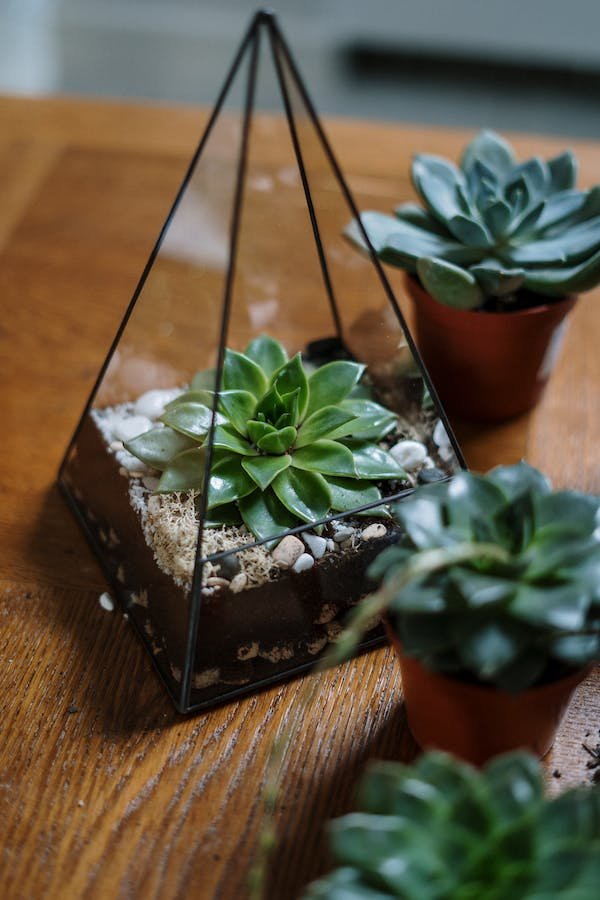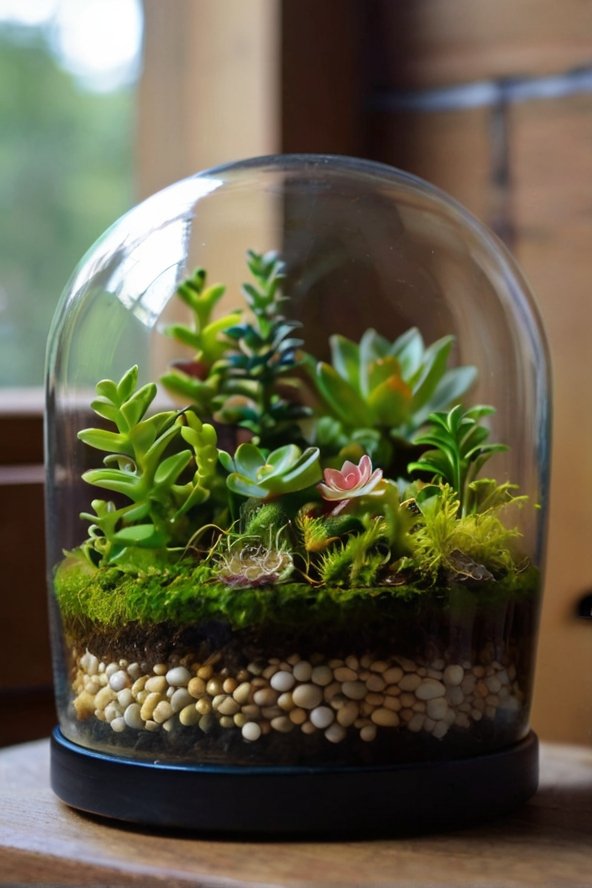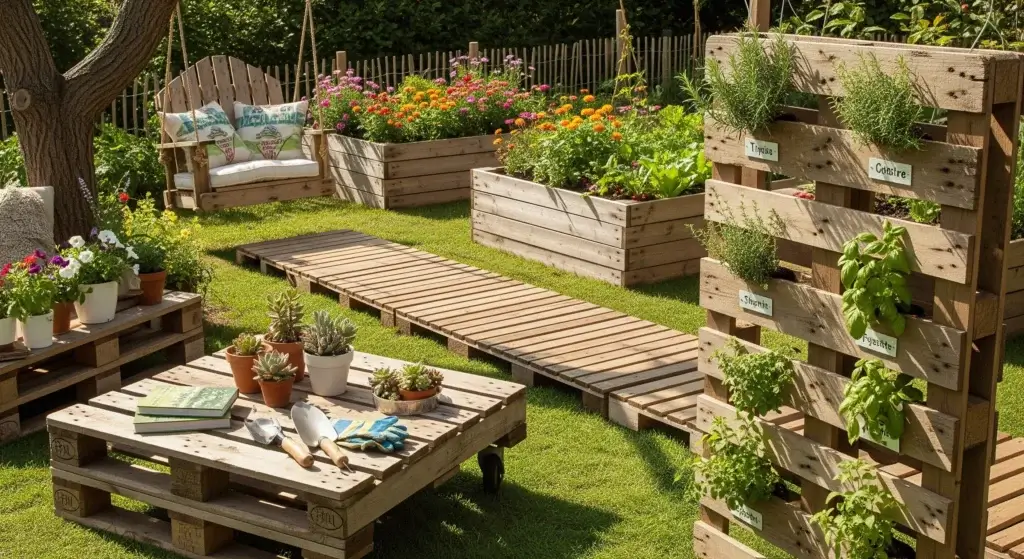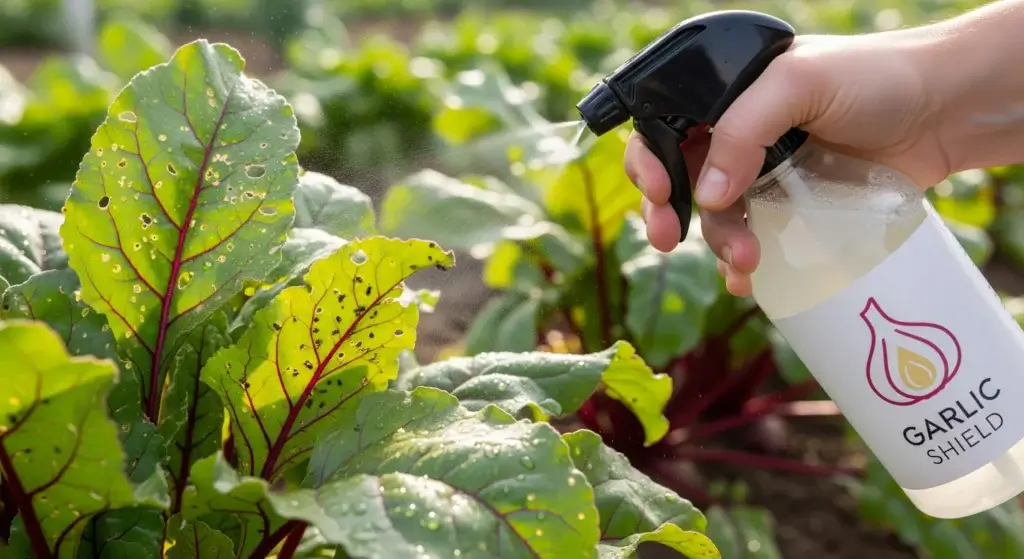
Are you looking to bring a touch of nature into your home or office?
Creating a plant terrarium is a fun and rewarding way to do just that.
In this comprehensive guide, we will walk you through the process of making your own plant terrarium, including the best plants to use, the supplies you’ll need, and step-by-step instructions for assembly and care.
Best Plants for a Closed Terrarium
When it comes to choosing plants for a closed terrarium, it’s essential to select species that thrive in high humidity and low light conditions.
Some of the best plants for closed terrariums include:
- Ferns: Maidenhair ferns, button ferns, and rabbit’s foot ferns are excellent choices for closed terrariums due to their love for high humidity.
- Fittonias: Also known as nerve plants, these small, colorful plants are perfect for adding a pop of color to your terrarium.
- Peperomias: With their attractive foliage and low light requirements, peperomias are well-suited for closed terrarium environments.
- Mosses: Various types of moss, such as sheet moss and mood moss, are great for adding a lush, green carpet to your terrarium.

What Are The Different Types of Plant Terrariums
The different types of plant terrariums include open terrariums, tropical closed terrariums, hanging terrariums, tray terrariums, and bioactive terrariums.
Here’s a brief overview of each type:
- Read also: DIY Plant Watering Bottle Ideas
- Read also: A Creative Guide to Enhancing Your Garden
Open terrariums
Not fully enclosed, these terrariums are chosen for their visual appeal and easy maintenance.
They accommodate a wide range of plants, making them a hassle-free option for plant enthusiasts.
Tropical closed terrariums
Enclosed in glass containers, these terrariums form self-sustaining microcosms.
Perfect for humidity-loving tropical plants, they demand minimal maintenance once established, providing an ideal environment for plant growth.
Hanging terrariums
As the name suggests, these terrariums are designed to be hung from the ceiling or a support structure.
They can be opened or closed and are a great way to add greenery to your space in a unique and eye-catching way.
Tray terrariums
Shallow and wide like a tray, these terrariums are versatile, accommodating a variety of plants.
Often used to craft miniature landscapes, they provide an opportunity for creative scene-setting.
Bioactive terrariums
Replicating natural ecosystems, these complex terrariums include living organisms such as insects alongside plants.
While more intricate to set up and maintain, they prove exceptionally rewarding for seasoned terrarium enthusiasts seeking a holistic and dynamic environment.

How to Make a Plant Terrarium
Supplies Needed
Before you begin, gather the following supplies:
- A clear glass container
- Gravel or small stones
- Activated carbon or horticultural charcoal
- Potting soil
- Your chosen plants
- Moss (optional)
- Decorative elements (optional)
Step-by-Step Plan
Creating a captivating plant terrarium is a delightful process, and a step-by-step plan ensures a successful and visually appealing result.
Step 1: Prepare the container
Kickstart your terrarium journey by thoroughly cleaning and drying your chosen glass container.
This ensures a pristine environment for your plants and allows for unobstructed viewing.
Step 2: Add a layer of gravel
Enhance drainage within the container by introducing a 1-2-inch layer of gravel or small stones at the bottom.
This layer prevents water from accumulating, preventing root rot and maintaining optimal plant health.
Step 3: Incorporate activated carbon
Sprinkle a thin layer of activated carbon or horticultural charcoal atop the gravel.
This step is crucial in keeping the terrarium fresh by absorbing impurities and odors, creating a healthier environment for your plants.
Step 4: Add potting soil
Carefully introduce a layer of nutrient-rich potting soil above the charcoal, ensuring a depth suitable for your chosen plants’ root systems.
This layer serves as the foundation for plant growth and provides essential nutrients.
Step 5: Plant your greenery
Create small, well-spaced holes in the soil to accommodate your selected greenery.
Gently plant your chosen plants, taking care not to overcrowd, allowing each plant sufficient space to thrive and flourish.
Step 6: Add moss (Optional)
To enhance aesthetics and aid in moisture retention, consider adding a layer of moss on top of the soil.
This optional step not only provides a finished look but also contributes to the overall health of your terrarium.
Step 7: Decorate (Optional)
For a personalized touch, incorporate decorative elements such as small figurines or stones.
These additions not only add visual interest but also make your terrarium a unique and expressive creation.

Care and Maintenance
Ideal placement
After assembling your terrarium, choose a location with indirect light.
This ensures that your plants receive the necessary light without being exposed to direct sunlight, which can lead to overheating.
Watering guidelines
Practice mindful watering.
Closed terrariums, designed as self-sustaining ecosystems, require infrequent watering.
Sparingly water your terrarium, allowing the soil to dry out between watering sessions to prevent overhydration, which can harm the plants.
Closed terrarium specifics
If you’ve opted for a closed terrarium and notice excess condensation on the glass, this indicates high humidity.
In such cases, remove the lid for a few hours to allow excess moisture to evaporate.
This step helps maintain the delicate balance within the closed ecosystem.
Monitoring plant health
Keep a watchful eye on the health of your plants. If any plant shows signs of distress, such as yellowing leaves or wilting, assess the environment and adjust light or water accordingly.
Prompt action can help maintain the vitality of your terrarium.
Regular inspections
Conduct periodic inspections to ensure the well-being of your terrarium.
Look for any accumulated debris, fallen leaves, or signs of pests. Swiftly address any issues to maintain a healthy and thriving miniature ecosystem.

Benefits of Having a Plant Terrarium in Your Home
The benefits of having a plant terrarium in your home are numerous and diverse. Here are some of the key advantages:
Low maintenance
Plant terrariums are incredibly low maintenance, requiring minimal care and attention.
Unlike traditional potted plants, they are self-contained ecosystems that can thrive with minimal watering and pruning, making them perfect for individuals with busy schedules or those without a green thumb.
Aesthetic appeal
Terrariums add a beautiful and calming aesthetic to any space, offering a touch of greenery and beauty to your home or office.
They come in various shapes, sizes, and designs, allowing you to choose one that fits your style and complements your existing decor.
Creativity and decor
Terrariums provide an opportunity to unleash your creativity and enhance your home decor.
You can personalize and decorate them to your liking, adding a unique and decorative element to your living or working space.
Health benefits
Being around plants has been shown to help reduce stress levels, improve moods, and boost concentration and productivity.
Additionally, indoor plants purify the air by absorbing pollutants and producing oxygen, contributing to a healthier indoor environment.
Versatility
Terrariums allow you to grow a wide variety of plants, including those that may not be suitable for your local climate.
They also enable you to enjoy gardening without the need for a traditional garden, making them a versatile and convenient option for plant enthusiasts.
Small footprint and low maintenance
Terrariums have a small footprint, making them suitable for spaces with limited room.
They are also low maintenance, requiring minimal care and allowing you to grow different kinds of plants without a significant time commitment.
- Read also: DIY Plant Wall Outdoor Ideas
- Read also: A Guide to DIY Plant Wall Indoor

Conclusion
Crafting a plant terrarium is a delightful means of bringing a touch of the outdoors into your indoor space.
By selecting the right plants and investing a bit of care, you can create a beautiful, low-maintenance green haven in your home or office.
A plant terrarium serves as a charming enhancement to any environment, providing an easy and enjoyable way to incorporate the beauty of nature indoors.
This guide equips you with the essential information to confidently embark on creating your own stunning plant terrarium.
Witness the flourishing of your greenery as you cultivate a miniature oasis within the comfort of your living or working space.



